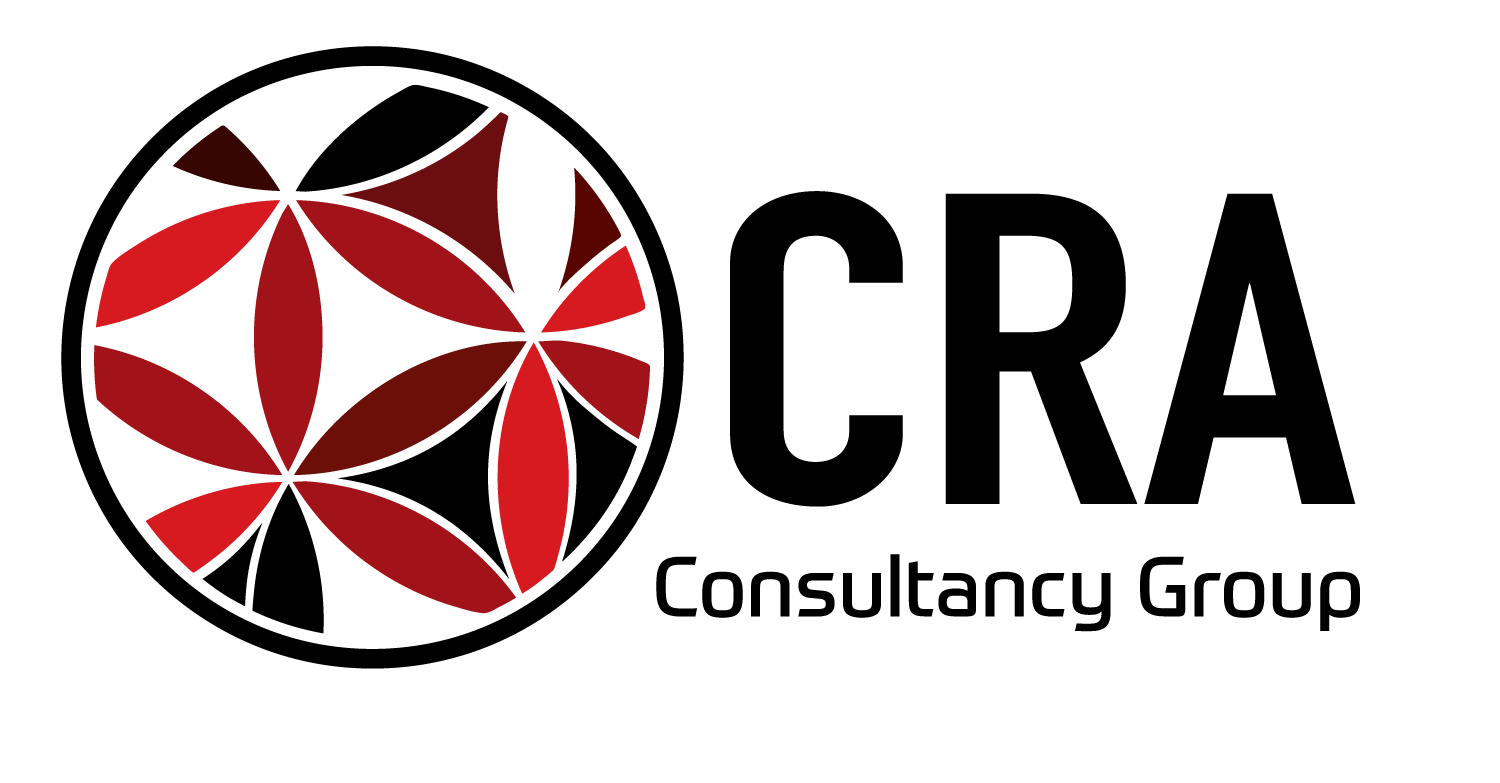How do you know if your DEIB program is successful?
Diversity, equity, inclusion, and belonging (DEIB) is an ongoing process that focuses on long-term solutions. A quick way to recognize how successful an organization is regarding DEIB is to look at management. To find success with diversity, equity, inclusivity, and belonging training, leadership and management must support and commit to the process entirely. Leaders that support DEIB set the tone for the entire organization. Those in management positions send a clear message to employees and dictate the environment of the business.
Examining the implementation of DEIB and how successful the process is within an organization is rather complex. Quantitative and qualitative approaches can be used to decipher whether the goals of an organization are being achieved.
In a study by Harvard Business Review, diverse companies were 70 percent more likely to expand their reach to new markets compared to companies that didn’t actively source diverse candidates.
Along with receiving comprehensive feedback, management must continuously adjust and change the program based on quantitative and qualitative data. Disrupting bias within an organization will be of the utmost importance when conducting DEIB training. Leadership positions must find comfort in that fact. Disrupting bias will cause businesses to change for the betterment of society and organizations as a whole.
- Participant’s feedback:
To collect data for DEIB, surveys, questionnaires, or feedback forms can be distributed to employees. At CRA, we offer surveys at the beginning of training and throughout the entire process. The questions should be designed to gather relevant information about the employees’ experiences, perceptions, and suggestions related to DEIB in the workplace. The language used in the questions should be clear, concise, and inclusive to ensure that all employees can understand and respond to them.
Receiving employee feedback can help organizations grow and improve where needed. By listening to their perspectives and ideas, organizations can also encourage participation and foster innovation. Diverse and inclusive employees make for more creative and forward-thinking teams.
The Harvard Business Review states, “Employee feedback is also the most useful data source for measuring inclusion, especially when leaders can use a ‘pulse,’ a quick survey, to check in with employees without adding to distractions.”
Gathering information from employees, however, is subjective and that can make it difficult when analyzing the data. Some people might feel pressure to answer questions differently from how they truly feel. This is why CRA has other strategies that help provide data.
2. Pre- and Post-Training Assessments:
DEIB training can benefit from individual and organizational assessments. Quick, yet thorough analysis can be conducted throughout the year to measure changes in attitudes, behaviors, and beliefs. Along with that, employers can provide a questionnaire that determines each employee’s level of knowledge of DEIB training and what it means to them.
A common practice within organizations is to conduct annual assessments. The issue with this is that it can be too infrequent to accurately track employee feelings and beliefs. “As employees react to disruptions at work, at home, and in the world around them, feelings and opinions can change faster than an annual engagement survey can detect” (HBR).
Individual and organizational assessments can test different aspects of how employees feel. This can include treatment, psychological safety, and trust within the organization. Based on the answers, management can decipher how prevalent diversity, equity, inclusion, and belonging truly are within the company.
From there, leaders within the company can continuously follow up. This ensures that the process is ongoing and accounts for potential changes in individuals, as well as the overall organization.

3. Team and individual interviews and observations
Conducting individual and team interviews alongside written assessments is a crucial step in promoting DEIB within an organization. These types of interviews provide an opportunity for employees to express their thoughts, feelings, and experiences related to DEIB in a safe and confidential space.
“Organizational assessments provide a benchmark to inform quality improvement efforts, recognizing that change is an adaptive process that takes time” (Brandeis University).
Individual interviews are beneficial in revealing personal experiences and perspectives that may not be expressed in group settings. Team interviews, on the other hand, can expose DEIB-related patterns and themes within a specific department or team.
It’s critical, when doing this, to have skilled interviewers who are trained in DEIB topics and can facilitate productive conversations. The insights gained from these interviews can help determine engagement, interactions, and behaviors within the organization. Encouraging open and honest communication during these interviews can contribute to a more inclusive and welcoming workplace culture. The collection of data will determine the types of experiences, perceptions, and behaviors that employees have.
4. Organizational metrics
The organizational metrics that are found can help determine what needs to shift within an organization. Changes in team and organizational diversity could be necessary based on metrics within the company. Diversity changes within leadership roles may need evaluation to create a more inclusive and diverse workplace.
Another factor to consider while promoting DEIB is pay equity. It is crucial to make pay equal and fair among employees. Those doing the same job should receive the same pay and, while there has been some progress, there is still a lot of work to do in this area. Pew Research Center states, “In 2022, women earned an average of 82% of what men earned … These results are similar to where the pay gap stood in 2002, when women earned 80% as much as men.”
Along with that, providing pay that matches national averages is crucial when trying to retain employees.
Retention within organizations is a helpful way to determine overall satisfaction. A high turnover can indicate a low level of employee contentment. Promoting DEIB requires a long-term commitment and a willingness to make meaningful changes to the organization’s culture and policies.

5. Open-ended feedback
An open-door policy can help eliminate harsh hierarchical boundaries. Leaving room for honest exchange and feedback can facilitate the willingness to express ideas and challenges. Harold S. Geneen states, “A true leader has to have a genuine open door policy so that his people are not afraid to approach him for any reason.” A company based on respect, trust, and openness operates best when employees do not fear the leader.
Focus groups can also be performed by mentors and coaches to provide open feedback. Harvard University professor of economics and Equal Opportunity Ventures founder Roland G. Fryer Jr. recommends more executive leaders solve diversity challenges “in the same way they solve problems in every other aspect of their business: through intelligent use of data, rigorous hypothesis testing, and honest inference about what is working.”
Overall, DEIB is a long-term process that requires testing and analysis to create meaningful changes. To discuss our DEIB training, please contact our Co-CEO at [email protected] or by phone at (916) 238-8286.


Recent Comments